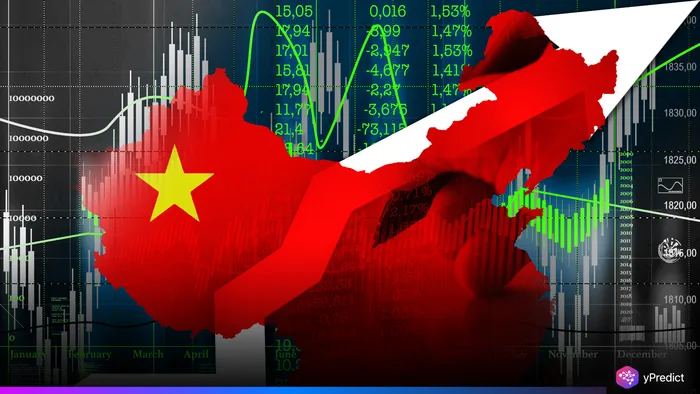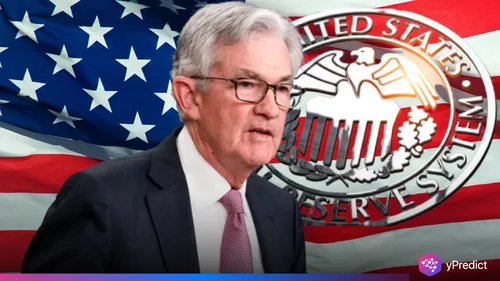
China’s economy has exceeded expectations once again, clocking in at 5.2% growth in the second quarter of 2025. This came as a surprise to many global analysts, who expected a slightly lower figure of 5.1%. Despite mounting challenges, including new US tariffs that could be implemented at any time and a housing bubble that continues to threaten Beijing’s economic vulnerability, the growth progress came.
This headline number may suggest strength; however, there is more than what meets the eye beneath the numbers. Beijing is leveraging both supportive policy and export momentum to further economic growth in China. A tenuous trade truce with Washington has been beneficial in the short run, however, experts suggest the difficult times may be coming as global trade conditions change and domestic challenges continue to build.
Manufacturing Boom Keeps China Competitive
A major contributor to this quarter’s expansion was a 6.4% growth in manufacturing. Industrial products like electric vehicles, 3D printing machines, and industrial robots are helping spur industrial activity. These have proven to be bright spots as older sectors such as construction and real estate remain in prolonged down cycles.
Beijing’s push for high-tech innovation seems to be bearing fruit, even more so as geopolitical tensions push the country toward making its own products for its own systems. Analysts state that China’s manufacturing growth has helped it remain resilient, even with a tougher global backdrop.
Exports Surge Before Potential Tariff Hikes
China’s export surge gave the economy an unexpected boost. Chinese firms rushed shipments to beat possible US tariff deadlines. Many exporters responded quickly to President Trump’s renewed tariff threats by adjusting their trade strategies. They pushed urgent orders out early to avoid future penalties. This swift action helped lift GDP growth in the short term.
Economist Gu Qingyang from the National University of Singapore said export timing helped boost growth. He warned this pace may not continue. Companies might struggle to maintain momentum if trade tensions escalate further.
Property Market Continues to Drag Recovery
Despite strong growth in exports and manufacturing, a property market crisis continues to hold back the economy. New home prices fell at their fastest monthly rate in 8 months in June. Issues remain in the sector and even a third round of government support has so far failed to have much effect on investor expectations.
Retail sales growth also slowed, up 4.8% in June compared to 6.4% in May. Further evidence that domestic demand has not yet returned to pre-pandemic levels. Consumers are still cautious about expenditure and uncertainty in real estate continues to depress household spending.
Beijing Faces Crucial Second Half
While China has met its mid-year target, the path ahead looks far less certain. The fragile ceasefire in the US-China tariff war is set to expire on 12 August, with no permanent deal in sight. The US has already imposed a 145% tariff on Chinese imports, while China retaliated with 125% duties on certain US goods.
Many analysts now believe the Chinese government will need to ramp up stimulus efforts in the second half of the year. Some, like Dan Wang of Eurasia Group, say the country could fall short of its “around 5%” annual growth target. However, most agree that China’s economic growth will remain above 4%, which is seen as the minimum level Beijing will tolerate.
Global Implications as Trade Tensions Escalate
Washington has also started imposing levies on countries closely aligned with China, further complicating the global trade environment. This ripple effect could hurt regional supply chains and investment flows in Asia and beyond.
Despite these pressures, China’s current performance shows that its economic foundations remain solid , for now. But as the trade deadline nears and the property sector struggles, policymakers in Beijing may soon face tougher decisions to sustain momentum.







